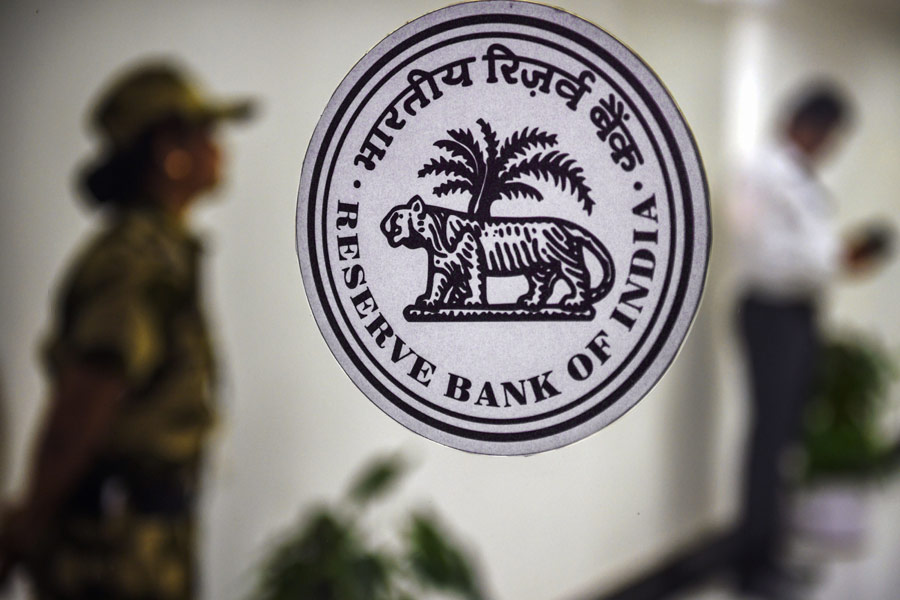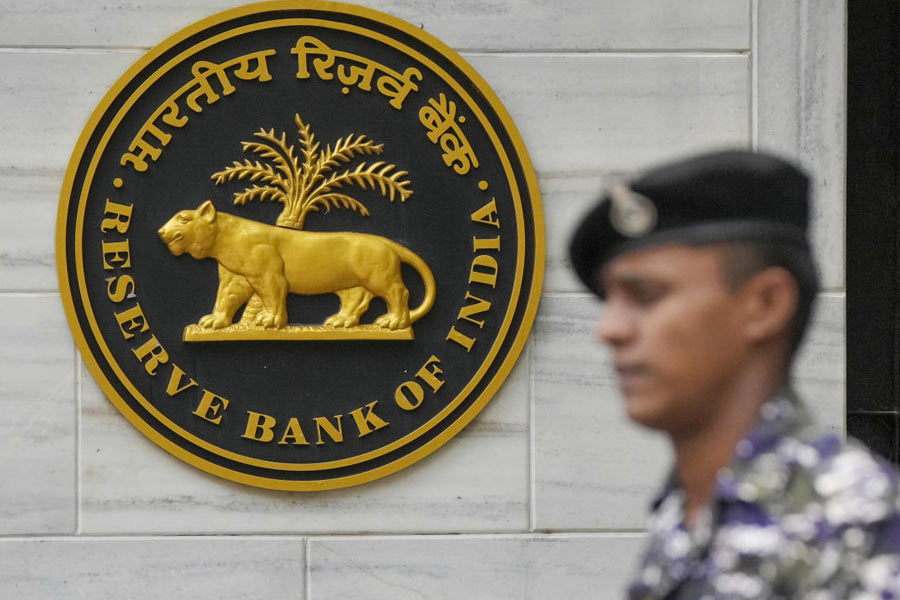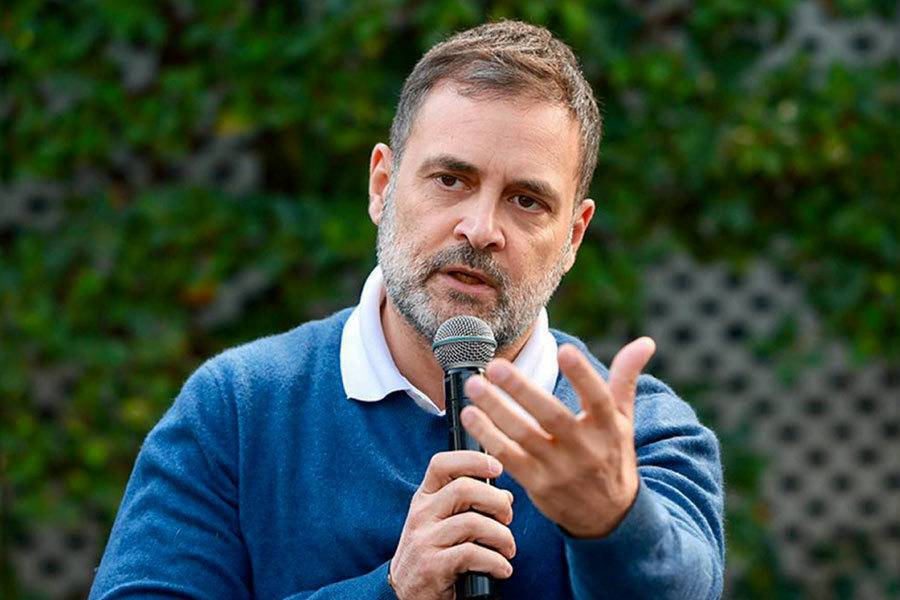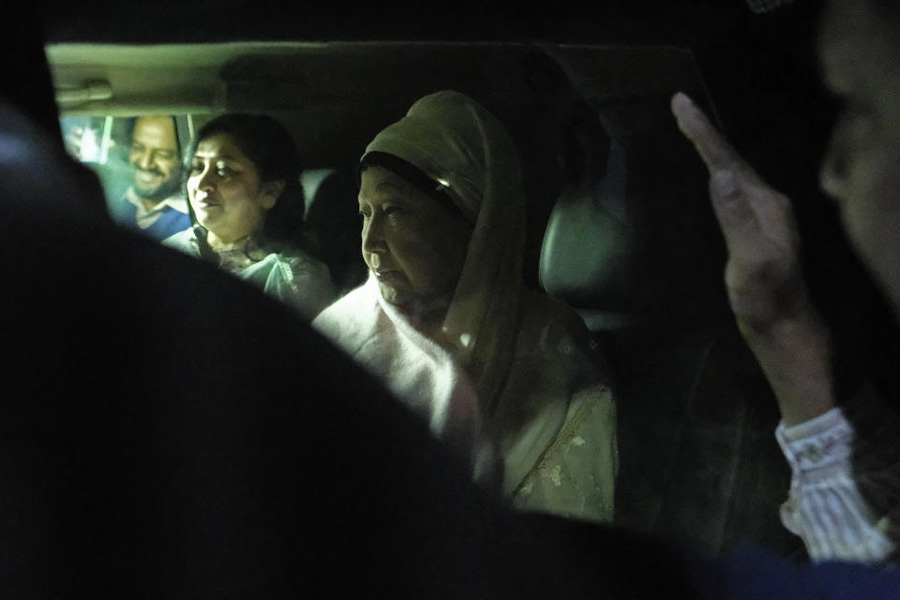The Reserve Bank of India is struggling to get a grip on the liquidity crunch in the banking system.
Last month, the central bank decided to cut the cash reserve ratio by 50 basis points to 4 per cent that was aimed at freeing up ₹1.16 lakh crore worth of bank funds that had been sequestered through the CRR mechanism.
But it seems that the ploy hasn’t worked.
A Morgan Stanley report has highlighted just how acute the problem has become. “Despite a CRR reduction of 50 basis points in December 2024, liquidity is tracking in deficit in December and January, after remaining in surplus between March to November 2024,” it said.
It added: “The trend in inter-bank liquidity reversed as it swung to a deficit in mid-December, with an average of $ 7.8 billion in December and tracking at ₹15 billion in January (month to date).”
The report titled `EcoView-RBI’s Policy Dilemma’ added that core liquidity (the sum of system liquidity and government cash balances) has swung to a minor deficit for the first time since March 2023.
So, what is the way out?
Morgan Stanley said that the RBI would have to continue with liquidity supporting measures and could potentially also include another CRR reduction and OMO purchases “contingent on the foreign exchange market intervention, to augment durable liquidity in the system.”
OMO stands for open market operation which is a monetary policy tool used by the RBI to buy and sell government securities in the open market. The central bank uses OMOs to manage liquidity in the economy.
On Tuesday, the RBI announced a five-day variable rate repo (VRR) auction of ₹75,000 crore as it looked to plug the shortfall in the banking system.
The auction will be held on Wednesday. Given the deficit in the system, the auction is likely to witness a robust response. This will be the sixth such auction this month alone. So far, it has conducted auctions for a notified amount of ₹4.25 lakh crore.
The RBI’s lifeline has however, failed to significantly plug the unyielding shortage and the money market seeking more support from the Reserve Bank of India (RBI) in the form of open market operations (OMOs), buy/sell swaps and even another cut in the cash reserve ratio (CRR).
The RBI has been supplying dollars in the forex (FX) market to prevent a steep fall in the value of the rupee. Any such intervention sucks out rupee liquidity from the system.
Due to the deficit, the weighted average call money rate (at which banks borrow from each other) is now trending above the repo rate at 6.53 per cent. The high borrowing costs also come at a time when growth pangs have gripped the economy. Real GDP growth this fiscal is projected to fall to a four-year low of 6.4 per cent. It also presents a fresh challenge for the new Governor Sanjay Malhotra who has to balance the rupee-dollar rate, on the one hand, and liquidity on the other.
Speaking to The Telegraph, Gaura Sengupta, chief economist IDFC First Bank said the deficit is largely on account of the RBI’s intervention in the forex market.
“We estimate that in this financial year April-December, the RBI’s FX intervention has drained some 2.3 trillion of INR liquidity. Most of the intervention occurred in the third quarter. So, the core system liquidity surplus reduced from ₹4.6 trillion as of September to ₹0.43 trillion surplus in the first week of January,” Sengupta added.
“Now, the pace of intervention should reduce and, as a result, the drain (on rupee liquidity) from FX intervention should also reduce. But the RBI needs to infuse durable liquidity. It should also be of a larger amount otherwise monetary policy will be tight. It has to be spread across instruments either through OMO purchases, buy-sell swaps. Whatever the RBI does it should be spread across instruments; one instrument alone cannot suffice,” she said.
Nomura’s Nathan Sribalasundaram said in a recent report that the Mumbai Interbank Offer Rate (MIBOR-the call money barometer) has surpassed the previous 6.85 per cent level and has been hovering at or above 7 per cent.
The report added that the RBI has been intervening heavily in the forex market and this has caused liquidity to tighten.
“Further CRR cuts cannot be ruled out, but we believe alternative measures are now more likely,” he added.
Sribalasundaram pointed out that one such tool that the RBI can use is the conduct of buy/sell swaps. In this operation, the central bank buys dollars and returns them at a future date.
“This would inject INR liquidity while removing USD liquidity and do the opposite in the forward market. Historically, auction sizes have been $ 5 billion, and a similar auction now would add approximately ₹43000 crore in liquidity. But several are likely required,” he said.












